Media coverage refers to the attention and exposure that events, individuals, or ideas get across different platforms, shaping how the public sees and understands them. It includes traditional media like print and television and digital outlets such as social media. This coverage plays a crucial role in influencing opinions, building brand reputation, and encouraging public dialogue. However, it can also present challenges, like the rapid spread of misinformation. Developing strong relationships with journalists and responding to coverage effectively can enhance your visibility. Stick around, and you might discover more tips on navigating the complexities of media coverage.
Understanding Media Coverage
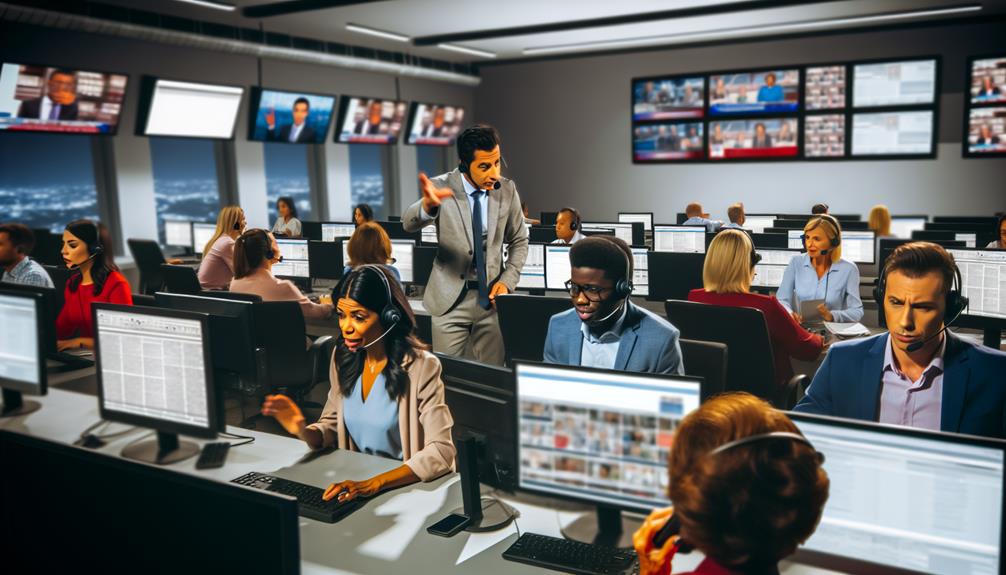
Understanding media coverage is essential for grasping how information shapes public opinion in our modern society.
You’ll see that it encompasses various platforms, from newspapers to social media, influencing how events and issues are perceived.
Recognizing its importance can empower you to critically engage with the news and advocate for accurate representation.
Definition and Scope
What does media coverage truly encompass? Media coverage includes the attention and exposure given to events, individuals, or ideas across various platforms like print media, broadcast, and digital media. It reaches a broad audience and significantly impacts public perception and awareness.
Here’s a breakdown of the different forms of media coverage:
| Media Type | Examples | Impact |
|---|---|---|
| Print Media | Newspapers, magazines | Provides in-depth analysis and context |
| Broadcast | TV news, radio | Delivers timely updates and engages viewers |
| Digital Media | Online articles, social media | Enhances online visibility and shares narratives |
Through these media sources, coverage influences brand building, shaping how individuals and organizations are perceived. Media attention can create opportunities or challenges, making it crucial for effective communication strategies. You can also utilize media monitoring tools to track coverage, ensuring you stay informed about how your narratives are represented. In a world where information flows rapidly, understanding the definition and scope of media coverage is essential for navigating this landscape effectively.
Importance in Modern Society
Media coverage plays a pivotal role in modern society by informing the public, shaping opinions, and influencing decisions at both personal and societal levels. Media coverage plays a crucial role in shaping public opinion, as it provides valuable insights into current events and issues. When you consume accurate media reporting, you enhance your understanding and can engage in strategic decision-making.
The benefits of media coverage extend beyond mere information dissemination. It fosters credibility and trust in sources, which is vital in an age rife with misinformation. By reaching a wider audience, media exposure can amplify important messages and encourage public dialogue. This transparency promotes accountability and helps hold powerful entities responsible.
Moreover, media coverage is essential for content marketing strategies, allowing brands to build their reputation and connect with their target audience. By effectively utilizing media coverage, organizations can enhance their visibility and trustworthiness, which are crucial for success in today’s fast-paced world.
Ultimately, understanding the importance of media coverage empowers you to navigate the complexities of modern information and participate meaningfully in societal discussions.
Types of Media Coverage
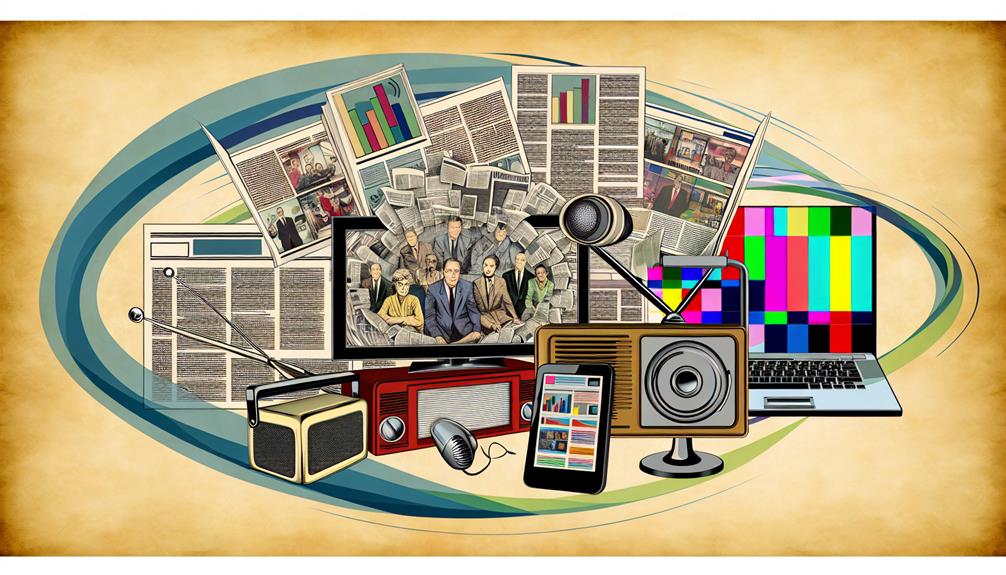
When you think about media coverage, consider how traditional and digital media each play unique roles.
Traditional media, like newspapers and broadcast news, offers in-depth analysis and established credibility, while digital media provides real-time updates and a broader reach.
Understanding these differences helps you appreciate how each type influences public perception and information dissemination.
Traditional Media
Although digital media dominates today’s landscape, traditional media channels like newspapers and television continue to play a vital role in informing the public. These platforms provide in-depth analysis and context that often get lost in the fast-paced digital realm.
When it comes to media coverage, traditional media excels at building credibility and shaping public perception through reliable reporting and expert insights.
Print media, including newspapers and magazines, offers a tangible connection that many still value, while television delivers news in a compelling visual format. Both serve as essential tools in marketing strategies, providing brands with free publicity that can enhance their reputation and support customer acquisition efforts.
Moreover, traditional news media, like major networks, reaches diverse audiences, helping to foster informed discussions on critical issues.
As you navigate the complexities of media coverage, remember that integrating traditional media into your overall approach can significantly boost your brand’s visibility and authority. By leveraging these channels, you can ensure that your message resonates with audiences and stands out in a crowded information landscape.
Digital Media
The rise of digital platforms has dramatically transformed the landscape of media coverage, making information more accessible and instantaneous than ever before. Digital media, especially social media, allows you to engage with real-time updates and diverse viewpoints.
Media coverage plays a crucial role in shaping public perceptions, and coverage refers to the attention that events or issues receive across these platforms.
With social media marketing and influencer marketing, brands can leverage positive media coverage to enhance their reputation. However, the rapid nature of digital platforms can also lead to reputational damage if misinformation spreads quickly.
Analytics tools enable organizations to monitor their media coverage and understand audience engagement better, informing future strategies.
Moreover, press coverage in the digital age often emphasizes immediacy over depth, which can sometimes compromise accuracy.
While digital platforms offer countless opportunities for visibility, they also present challenges, such as the need for effective crisis management in case of negative narratives.
Ultimately, navigating this landscape requires a keen understanding of how digital media influences public opinion and behavior.
Benefits of Media Coverage

Media coverage offers you increased visibility and reach, expanding your audience beyond existing networks.
For businesses, positive media attention builds trust and enhances brand reputation, while individuals can leverage it for personal growth and credibility.
For Individuals and Businesses
In today’s fast-paced world, securing media coverage can be a game-changer for individuals and businesses alike. By leveraging trusted media outlets, you can significantly boost your visibility and reach a broader audience, far beyond your existing networks. This increased exposure not only attracts the attention of potential customers but also enhances your brand’s credibility. When reputable journalists feature your story, it builds trust with your target audience, making them more likely to engage with your offerings.
Moreover, media coverage serves as a powerful tool for opportunity generation. Positive press can lead to partnerships, collaborations, and sponsorships that may not have been possible otherwise. To maximize these benefits, cultivating strong relationships with journalists is essential; it’s an effective strategy to ensure that your brand remains top-of-mind for future stories.
Incorporating media coverage into your marketing efforts can further solidify your brand’s authority in the market. By showcasing your achievements and thought leadership, you position yourself as a go-to resource in your industry.
For Society
Through effective media coverage, society gains the critical information needed to engage with public affairs and participate in democratic processes. This coverage plays a crucial role in shaping public perception, ensuring that citizens stay informed about key issues affecting their lives.
- Promotes transparency: Media acts as a watchdog, holding power accountable.
- Fosters informed citizenry: Accurate reporting equips people with knowledge for better decision-making.
- Enhances reputation: Successful media coverage can elevate the credibility of individuals and organizations.
- Attracts attention: Compelling stories across different channels draw in potential customers and communities.
Media coverage allows for the dissemination of information that empowers individuals to voice their opinions and advocate for change.
By providing timely updates on public affairs, it encourages civic engagement and informed discussions.
With diverse perspectives presented, citizens can analyze complex issues, cultivating critical thinking and a well-rounded understanding of current events.
In this way, effective media not only informs but also inspires action, fostering a more engaged and informed society ready to participate in democratic processes.
Challenges in Media Coverage
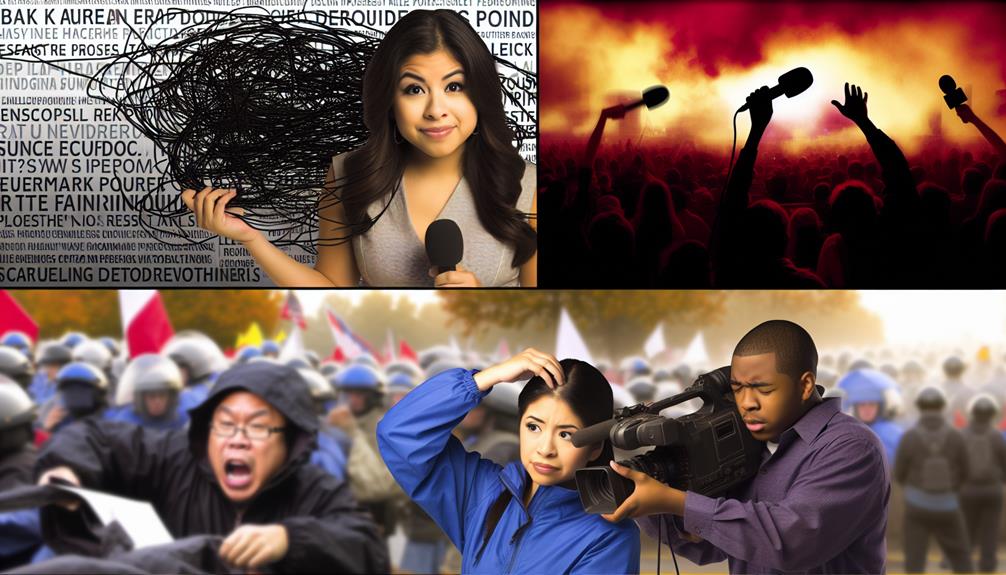
When you think about media coverage, you can’t ignore the challenges of bias and accuracy.
With technology constantly evolving, misinformation spreads faster than ever, making it tough to discern fact from fiction.
You’ll find that these issues not only impact public perception but also raise ethical concerns in reporting.
Issues of Bias and Accuracy
Media bias and accuracy issues pose significant challenges in media coverage, particularly during critical events. As you navigate the news landscape, it’s essential to be aware of these challenges:
- Misinformation can quickly spread, distorting public perception.
- Issues of bias may lead to unbalanced narratives and misrepresentation of facts.
- Accuracy of reporting is crucial for informed decision-making and trust in media.
- Media mentions and press releases can influence how events are portrayed.
When analysing media coverage, you’ll notice that biased reporting can create unnecessary panic, especially in crises. This distortion impacts the public’s understanding and response to critical issues.
Moreover, the accuracy of reporting is vital; incorrect information can exacerbate situations and hinder effective communication. Recognizing these issues allows you to evaluate the content critically, fostering better media literacy.
In this environment, media coverage reports play a critical role in shaping public opinion. By promoting transparency and accountability, you can help counter misinformation and demand better accuracy from news organizations.
Ultimately, understanding these biases and inaccuracies can enhance your ability to discern reliable information and engage with the media effectively.
The Impact of Technology
Navigating the digital landscape, you’ll find technology has profoundly transformed media coverage, bringing both remarkable advancements and significant challenges. The dual-edged impact of technology plays a crucial role in shaping public perception while also fostering the spread of fake news. While digital content allows for increased brand visibility and engagement, it complicates the task of measuring ROI.
Here’s a brief comparison of the advancements and challenges in media coverage due to technology:
| Advancements | Challenges | Impact on Coverage |
|---|---|---|
| Instantaneous updates | Spread of fake news | Trust erosion |
| Broader audience reach | Information overload | Misinterpretation |
| Enhanced data analytics | Bias in reporting | Distorted narratives |
Media coverage is one of the primary ways to attract the attention of potential investors and the public. However, misinformation can lead to public mistrust and confusion. As you navigate this landscape, focusing on accurate reporting and critical media literacy is vital. Remember, while technology can increase brand outreach, it also demands careful management to ensure the integrity and reliability of media coverage.
Best Practices for Engaging with Media

When you’re looking to secure positive media coverage, building strong relationships with journalists is key.
At the same time, knowing how to navigate negative coverage can help you protect your reputation.
Securing Positive Coverage
Building a strong relationship with media outlets is essential for securing positive coverage. By engaging effectively with relevant journalists, you can enhance your brand’s visibility and reputation. Here are some best practices to keep in mind:
- Develop genuine relationships with journalists to foster trust.
- Tailor your pitches to align with their interests and audience needs.
- Prepare comprehensive media kits that highlight your products or services.
- Be responsive and accessible to inquiries to build credibility.
These strategies can help you obtain media coverage that aligns with your business strategy and attracts the attention of potential customers.
Remember, media plays a crucial role in shaping public perception. Craft compelling stories that resonate with your audience and illustrate the unique value of your offerings.
Leverage influencer partnerships for a multi-channel approach to maximize reach. By consistently engaging with the media, you can create a positive narrative around your brand, ensuring you remain top-of-mind for journalists covering your industry.
This proactive approach not only enhances your visibility but also positions you as a thought leader, which is invaluable for navigating today’s competitive landscape.
Navigating Negative Coverage
Facing negative media coverage can be daunting, but with the right approach, you can turn these challenges into opportunities for positive engagement. Effective crisis management starts with acknowledging the issue and responding promptly. By tailoring your messaging to address concerns, you can control the narrative and rebuild trust with your audience.
| Strategy | Description |
|---|---|
| Acknowledge the Issue | Address the negative coverage head-on. |
| Communicate Transparently | Share facts and updates to inform the public. |
| Engage with the Audience | Use customer interaction to understand concerns. |
| Leverage Positive Stories | Highlight your brand’s strengths and successes. |
| Monitor Media Metrics | Regularly assess coverage to adapt your workflow. |
These strategies not only mitigate the effects of negative coverage but also pave the way for improved public engagement. By focusing on transparency and open dialogue, you can turn adversity into a platform for growth. Remember, each negative situation holds the potential for reinforcing your brand’s reputation and fostering lasting relationships with your audience.
Future of Media Coverage
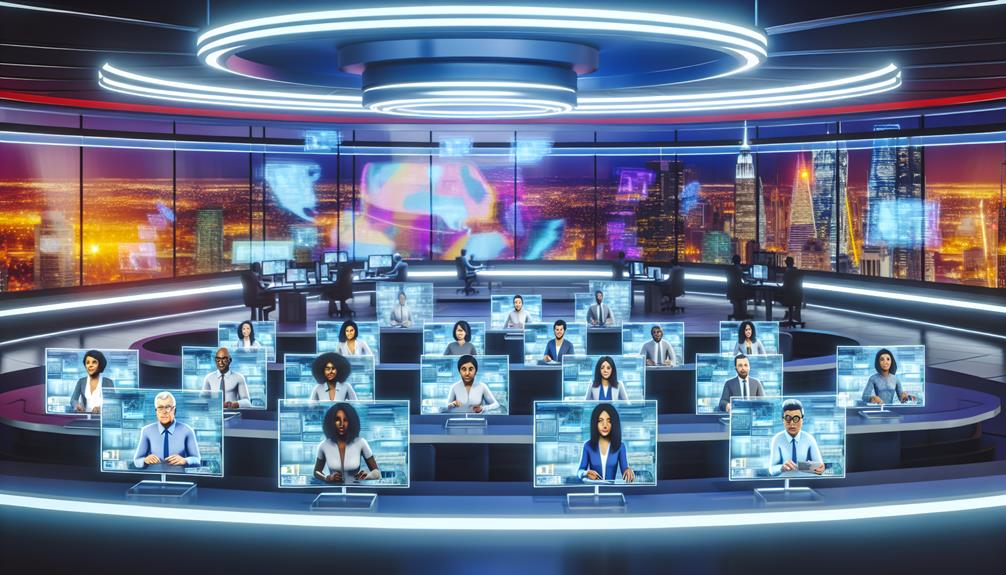
As media evolves, you’re likely to see innovative technologies transforming how news is reported and consumed.
Integrating media coverage with marketing strategies will become crucial, allowing brands to enhance their visibility and engagement.
Innovations and Predictions
The future of media coverage is evolving rapidly, driven by innovations in technology and shifts in audience engagement. You’ll notice how these advancements reshape the landscape of media, enhancing the way information is delivered and consumed.
Here are a few key trends to watch:
- Increased use of video content: Engaging storytelling via video is becoming essential.
- Cross-channel integration: Seamless transitions between various forms of media will deepen audience connections.
- Real-time reporting: Instantaneous updates will keep the public informed, shaping narratives as they unfold.
- Data-driven insights: Analyzing audience behavior will refine brand’s email marketing strategies and content delivery.
These innovations in media technology promise to enhance public shaping, allowing for more diverse perspectives and deeper engagement.
In this future landscape, you can expect a lifecycle of media coverage that not only informs but also empowers audiences by sharing authentic startup stories and insights.
As media continues to transform, staying informed about these changes will be crucial for consumers and brands alike. Embrace these trends to navigate the evolving media environment effectively.
Integrating with Other Marketing Efforts
Integrating media coverage with other marketing efforts can significantly amplify your brand’s reach and effectiveness. By combining your media mentions with email marketing, you can showcase your achievements to subscribers, enhancing engagement.
Utilize various forms of media, such as social platforms and blogs, to share your press coverage, ensuring you’re maximizing visibility across multiple channels. This approach not only boosts your brand’s credibility but also leads to increased customer trust, essential for driving conversions and ROI.
When you integrate media coverage into your overall strategy, you’re playing a crucial role in shaping public perception. For instance, utilizing insights from platforms like Meltwater can help you analyze the type of content that resonates best with your audience.
Conclusion
In conclusion, media coverage plays a crucial role in shaping your understanding of the world. By recognizing the various types and benefits it offers, you can stay informed and engaged. However, it’s essential to remain aware of the challenges, such as misinformation and sensationalism. By practicing critical thinking and media literacy, you can navigate the media landscape effectively. As you continue to engage with media, remember its power in influencing public discourse and societal attitudes.
